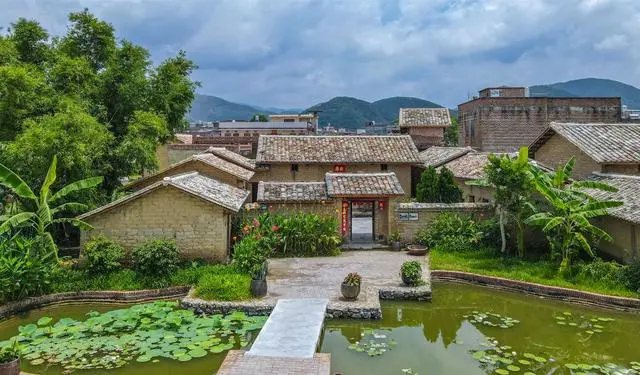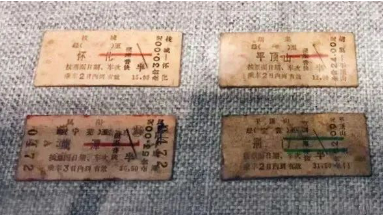Philippines' RCEP entry to boost trade ties with China

[PHOTO BY SHI YU/CHINA DAILY]
The Philippines joining the Regional Comprehensive Economic Partnership, the world's largest free trade agreement, will boost the Southeast Asian country's economy and inject fresh energy into regional economic integration, experts and business executives said on Wednesday.
The economic and trade cooperation between China and the Philippines is also expected to reach new heights, they said.
On Tuesday, the Philippines became the last signatory member to ratify the trade pact, involving 15 economies in the Asia-Pacific region, which came into effect on Jan 1 last year.
"As a developing country with a large population, the Philippines has huge economic growth potential, and is expected to integrate (itself) deeper into regional industrial and supply chains when the RCEP is implemented in the country," said Zhang Jianping, head of the center for regional economic cooperation at the Chinese Academy of International Trade and Economic Cooperation.
"That will add growth impetus to not only the Philippines, but also to regional and world economies," he added.
The free trade agreement will come into force in 60 days in the Philippines after the country officially deposits the instruments of ratification, acceptance or approval to the ASEAN Secretariat, the agreement's depositary.
With the full implementation of the RCEP, around 90 percent of goods traded in the region will eventually enjoy zero tariff. The RCEP cumulative rules of origin allow products to have just 40 percent of their value to be added within the region to enjoy lower or zero tariffs.
Xu Ningning, executive president of the China-ASEAN Business Council, said the implementation of the RCEP in the Philippines is expected to boost its exports and foreign direct investment influx to shore up the country's economic recovery.
"Multiple aspects of the Philippines' economy, including sectors such as agricultural product processing, electrical machinery and digital economy, will gain growth momentum," he said.
Xu, who is also chairman of the RCEP Industry Cooperation Committee, said that more Chinese enterprises are expected to invest in the Philippines as a gateway to international markets, while the two countries will also likely strengthen industrial chain cooperation in various sectors, including construction.
Feng Guan, an executive of Optima Integration Group, a leading frozen products import service platform in China, said the company is eager to tap into new business opportunities arising from expansion of Chinese imports from the Philippines.
The China Council for the Promotion of International Trade said on Wednesday that the RCEP certificates of origin it issued in January increased 137 percent year-on-year. With these certificates, enterprises can enjoy favorable tariff treatment in accordance with the RCEP rules.
China is the Philippines' largest trade partner and second-largest export market. Their bilateral trade surged 10.6 percent on a yearly basis to 585.28 billion yuan ($84.91 billion) in 2022.
The State Council, China's Cabinet, recently approved the establishment of the China-Philippines joint demonstration zone for economic innovative development in Zhangzhou, Fujian province, to tap into the potential of mutually beneficial bilateral cooperation.
Photos
Related Stories
- Philippines looks forward to benefiting from RCEP mega-trade deal
- RCEP contributes to global trade, investment growth in past year
- RCEP boosts trade growth amid gloomy global outlook
- One year on, RCEP bolsters post-pandemic economic recovery
- Infographics: First anniversary of RCEP implementation unleashes huge energy and opportunities
- RCEP highlighted for promoting global trade
- China explores ways to unleash more potential
- RCEP, BRI boost Cambodia's socioeconomic, trade development: officials
- Openness an intrinsic path toward global prosperity and development
- Nearly 7 bln USD of goods benefit from RCEP in Shanghai
Copyright © 2023 People's Daily Online. All Rights Reserved.









